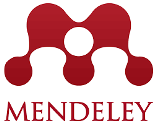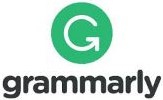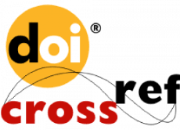TEKNOLOGI PEMANFAATAN LIMBAH PADAT PENGOLAHAN KERIPIK SINGKONG MENJADI PAKAN PELET AYAM PEDAGING DI DESA BARATAN KABUPATEN JEMBER
Abstract
Baratan Village, Patrang Sub-district, Jember District has a high potential production of cassava chips by Home Industry (IRT). Solid waste of cassava (cassava husk) from cassava processing into cassava chips has not been utilized properly. Cassava husk can be used as raw material for animal feed. The purpose of this program is the empowerment of the community of Baratan IRT in the processing of cassava husk into broiler feed and to increase the value of the waste and can improve the economic of the IRT in Baratan Village. Cassava husk has a deficiency because of the antinutrient content (Cyanide Acid) and dangerous when consumed. The methods used in this program are counseling and chipping of cassava with chipping tools, counseling and training of utilitation of cassava waste, counseling and training of broiler feed formulation, pelet making, mentoring, monitoring and evaluation. The result of this program is the IRT Baratan Village Jember Regency is able to process the solid waste from processing of cassava chips into broiler feed (pelet). Guidebooks can be used by IRT well so they can treat the waste into feed independently. IRT cassava chips as a partner of this program can implement and apply the technology that has been given and strive to always continuous in the manufacture of feed and pellet product development in an effort to improve the welfare and sustainability of the program.
Keywords: cassava waste, pelet feed, Baratan Village
Full Text:
##Full Text##DOI: https://doi.org/10.31002/jalspro.v2i1.687
Refbacks
- There are currently no refbacks.

This work is licensed under a Creative Commons Attribution 4.0 International License










